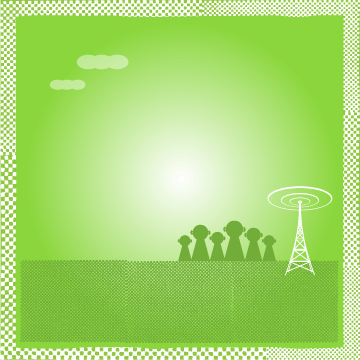Playlist: Tony Darnell's Portfolio

Featured
What is an Exoplanet?
From Tony Darnell | Part of the Exoplanet Radio series | 08:20
There are many types of planets around other stars
- Playing
- What is an Exoplanet?
- From
- Tony Darnell
 Welcome to the first episode of Exoplanet Radio! Let's get started by defining what an exoplanet is. What types are there?
Welcome to the first episode of Exoplanet Radio! Let's get started by defining what an exoplanet is. What types are there?
The Promise of Kepler-22b
From Tony Darnell | Part of the Exoplanet Radio series | 03:56
Today, we are going to explore a remarkable world that lies beyond our solar system: Kepler-22b. This planet is one of the first confirmed exoplanets in the habitable zone of its star, where liquid water could exist on its surface. But what is this world like? How far is it from us, and from its sun? And could it harbor life?
- Playing
- The Promise of Kepler-22b
- From
- Tony Darnell

Kepler-22b orbits a star that is very similar to our own sun, but slightly smaller and cooler. The star is called Kepler-22, and it is located about 640 light-years away from Earth in the constellation of Cygnus, the swan. That means that the light we see from this star today left it when Europe was in the last throes of the Middle Ages. To travel there with our current technology would take millions of years.
How Common Are Habitable Worlds?
From Tony Darnell | Part of the Exoplanet Radio series | 04:00
One of the big questions we are trying to answer in exoplanet astronomy is: Just how common are habitable planets? We already know that exoplanets themselves are extremely common: Astronomers tell us there are on average 1.6 planets for every star in our galaxy, so there are more planets than stars out there.
- Playing
- How Common Are Habitable Worlds?
- From
- Tony Darnell
One of the big questions we are trying to answer in exoplanet astronomy is: Just how common are habitable planets? We already know that exoplanets themselves are extremely common: Astronomers tell us there are on average 1.6 planets for every star in our galaxy, so there are more planets than stars out there. That by itself is pretty amazing, but what we really want to know is, where’s the life? How common are planets that could potentially support life? The answer so far has eluded us, and the news reports and studies coming out are a bit contradictory.
Astronomers Confirm Proxima Centauri b Is Not A Transiting Exoplanet
From Tony Darnell | Part of the Exoplanet Radio series | 04:48
Astronomers have recently concluded an observation study of the closest exoplanet to Earth, Proxima Centauri b and found that the planet does not transit its star. These observations settle a question that astronomers have been asking since the exoplanet's discovery in 2016 using the radial velocity method.
Astronomers have recently concluded an observation study of the closest exoplanet to Earth, Proxima Centauri b and found that the planet does not transit its star. These observations settle a question that astronomers have been asking since the exoplanet's discovery in 2016 using the radial velocity method. Proxima Centauri b was discovered in August 2016 at the European Southern Observatory using a technique that watches the wobble of a star as the gravity from a planet in orbit around it, pulls the star to and fro.
What is the Habitable Worlds Observatory?
From Tony Darnell | Part of the Exoplanet Radio series | 04:04
There’s no question that humanity is making fast progress in understanding, cataloging and classifying planets around other stars. So far we’ve found over five thousand five hundred of them. But let’s face it, we really want to know, maybe more than anything else, whether these planets have any life on them and whether they are habitable for us to, maybe, live on.
- Playing
- What is the Habitable Worlds Observatory?
- From
- Tony Darnell
There’s no question that humanity is making fast progress in understanding, cataloging and classifying planets around other stars. So far we’ve found over five thousand five hundred of them. But let’s face it, we really want to know, maybe more than anything else, whether these planets have any life on them and whether they are habitable for us to, maybe, live on.